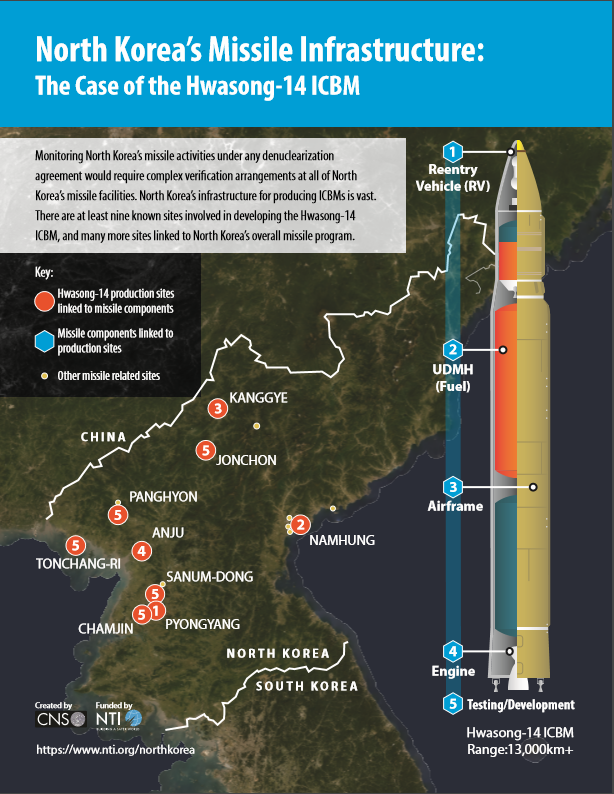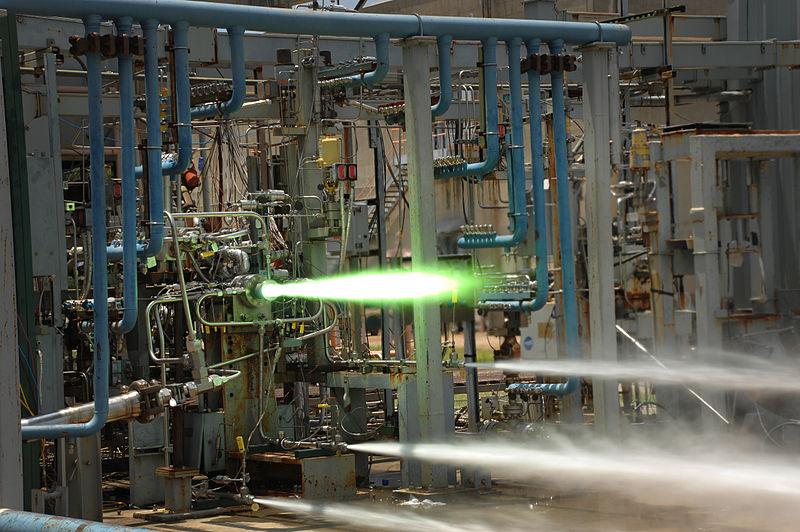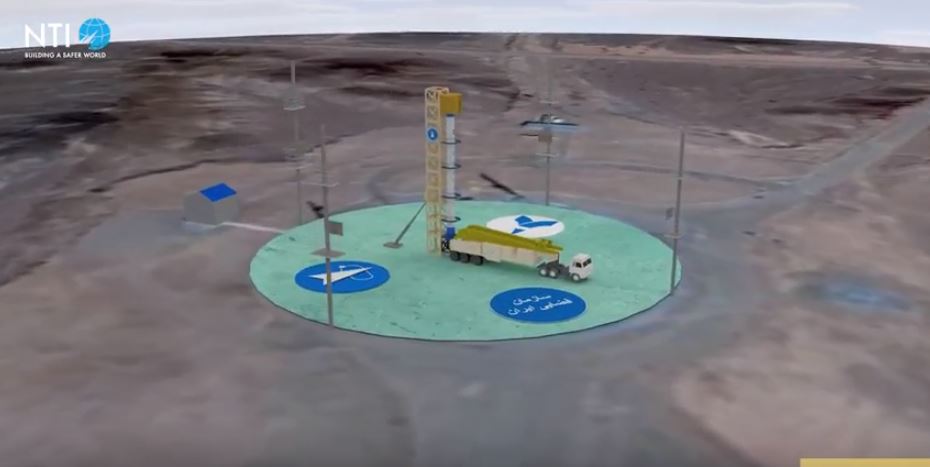
CNS Debuts New Infographics on DPRK Missile Infrastructure and the 1918 Flu Pandemic
The James Martin Center for Nonproliferation Studies (CNS), in partnership with NTI, has released two new infographics.
For better and, potentially, for worse, 3D printing has made
incredible strides since the first printer was developed in the early 1980s.
Today, everything from guitars to guns, works of art to artificial limbs can be
made on a 3D printer. And while early prototypes were expensive machines for
commercial use and industrial manufacturing, today 3D printers are being sold over
the internet for as little as a couple hundred dollars, making them available
to use at home.
This has raised a number of troubling questions, including:
Could 3D printers be used to help build missiles or other weapons of mass destruction?
In a new analysis,
Robert Shaw, Director of the Export Control Nonproliferation Program at the
James Martin Center for Nonproliferation Studies, explores the emergence of 3D
printing and its effect on missile production and proliferation. Shaw explains
that the advances in technology that have made 3D printing a cheaper alternate
manufacturing technique could change how institutions and states evaluate the
cost of missile production programs. Proliferation experts are concerned that 3D
printing may make manufacturing missile parts easy for terrorist organizations
and countries like North Korea.
Read
the article to learn more about the proliferation threats associated with
3D printing and view the interactive story map that demonstrates the difference
between 3D printing (also called additive manufacturing) and traditional (or subtractive)
manufacturing.
Sign up for our newsletter to get the latest on nuclear and biological threats.
The James Martin Center for Nonproliferation Studies (CNS), in partnership with NTI, has released two new infographics.
The James Martin Center for Nonproliferation Studies has produced a new 3D facility video, highlighting developments at the Imam Khomeini Space Launch Center.
A profile by the Center for Nonproliferation Studies focuses on Yemen, whose failed state status has given safe havens to several Islamist terror organizations.

